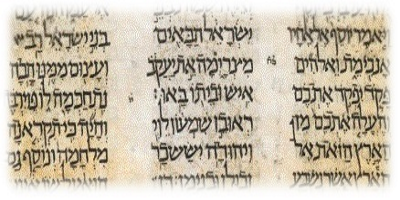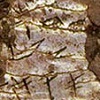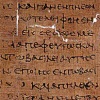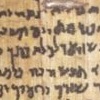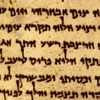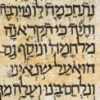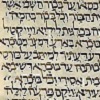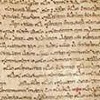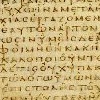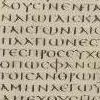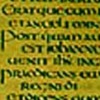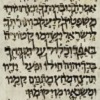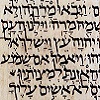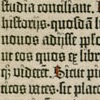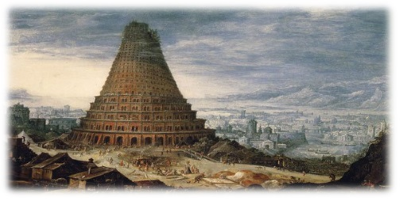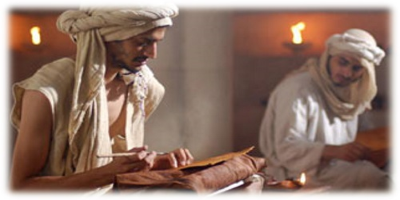The original books of the Hebrew Bible, written by the original authors, are called autographs. These autographs were written on scrolls made of animal skins or papyrus (a type of paper made from reed plants). Because these writing materials deteriorate over time, it is unlikely that we will ever uncover an original autograph from the Hebrew Bible. In order to preserve the text, the text is copied over and over again. These manuscript copies are what we must rely on for the text of the Bible. The Hebrew text of the Bible has also been translated into many different languages including Greek, Latin, Aramaic as well as English. An understanding of these ancient manuscripts and translations is helpful in understanding the history of the text and how today's Bible came about.
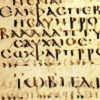 | (Egyptian Coptic) Old and New Testament translations translated from the Alexandrian Greek version. |
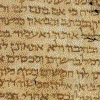 | (Hebrew) Only fragments of the Hebrew Bible have survived and were discovered in a Cairo synagogue. |
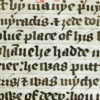 | (Middle English) Considered to be the first complete bible (Old and New Testament) written in the English language (Middle English). |
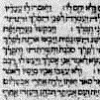 | (Hebrew) Considered the first Rabbinic Bible. Composed by Daniel Bomberg; second edition composed by converted Rabbi Abraham Ben Chayyim; The KJV is based on this text. |
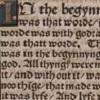 | (Modern English) The first complete Bible (Old and New Testament) printed in the modern English language and is the foundation to most English Bibles today. |
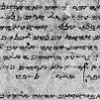 | (Samaritan Hebrew) According to the Samaritans, this scroll of the Torah was written by Aaron's son, Abisha. Scholars suggest a date in the 17th C. AD. |
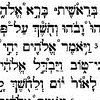 | (Hebrew) This Hebrew Bible is a copy of the Masoretic Text as recorded in the Leningrad Codex. |
Like what you’re discovering? Continue the journey from Bible reader to translator.
|



